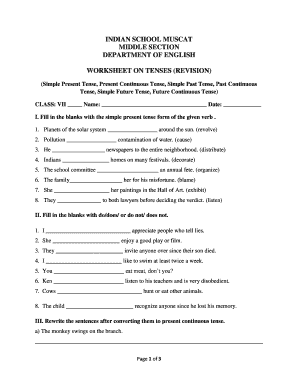

Simulating the Bokeh Effect in 2Dįigure 2: blur can be simulated by shifting pixels around and accumulating the results.Ī crude explanation for this effect is that light reflected by objects in the scene is reflected in all directions (this is of course true of diffuse objects only).

Let's now explore one possible way of simulating this effect in 2D. When the blades are rounded, circular shapes are formed but when they are straight, then polygonal shapes are formed. This effect is clearly visible in the upper left photograph. When bladed apertures are used, out-of-focus points are blurred into the polygonal shape formed by the aperture blades (you can see this blades in the adjacent image). For now, let's just say that in fact, these circles don't always appear circular. Another lesson will be fully devoted to this interesting topic as well as the topic of simulating lens aberrations in general (you can also find some useful information about depth of field and blur in the lesson on cameras). We won't give too much detail in this lesson on the origin of the bokeh effect. Every point from the scene appearing out of focus in the image is blurred that way, however, by effect of contrast, bright spots in the scene such as light sources create circles of confusion which are clearly more visible than those generated by darker points. All the other points (those too close or too far) have their light spread across an area potentially greater than a pixel in the image creating these circular shapes.

However, only points within a given distance will appear in focus in the image. As a short reminder, let's just recall that the lens of a camera, focuses light reflected by objects in the scene onto the image plane. If you don't know what booked is, it takes the shape of these circles of confusion that you can see in the out-of-focus area of the photographs below. In this lesson, we will show how this effect can be simulated using 2D techniques only. One can actually use this effect to his or her advantage to create stunning or interesting looking images as showed in the few examples below. The bokeh effect is a visual artifact but a pleasing one which is often considered as contributing greatly to the aesthetic visual quality of a photograph. The more donation we get the more content you will get and the quicker we will be able to deliver it to you.ġ3 mns read. Donations go directly back into the development of the project. (on Discord) to help us improve the website.Īnd you can also donate).
SIMPLEIMAGE CLASS FULL
Also looking for at least one experienced full dev stack dev that would be willing to give us a hand with the next design.įeel free to send us your requests, suggestions, etc. If you are interested please get in touch on Discord, in the #scratchapixel3-0 channel. We are looking for native Engxish (yes we know there's a typo here) speakers that will be willing to readproof a few lessons. That's what we are busy with right now and why there won't be a lot of updates in the weeks to come. Then when we publish the site we will translate the Markdown files to HTML. You will also be able to contribute by translating pages to different languages if you want to. In practice, that means you and the rest of the community will be able to edit the content of the pages if you want to contribute (typos and bug fixes, rewording sentences). The idea is to make the project open source by storing the content of the website on GitHub as Markdown files. News (August, 31): We are working on Scratchapixel 3.0 at the moment (current version of 2).


 0 kommentar(er)
0 kommentar(er)
